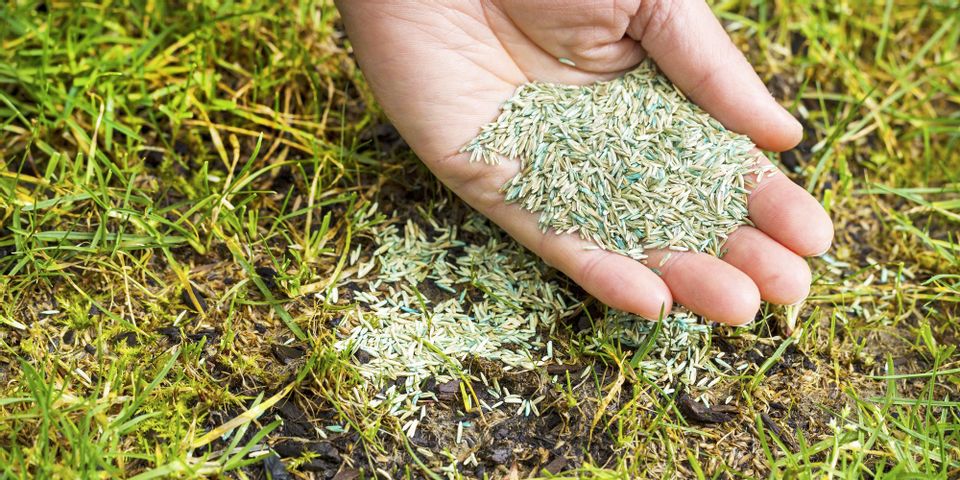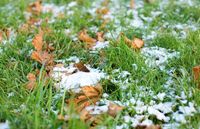
Enjoying a lush, beautiful lawn throughout the spring, summer, and fall is all about preparation. Start your springtime lawn maintenance program as soon as the ground defrosts—typically in mid-March—to protect grass blades and root systems from weeds and other stressors that leave it brown and patchy. Use these tips to give your lawn the boost it needs to thrive during warm weather.
How to Ensure Your Lawn is Prepared for Spring
1. Rake
 Rake your lawn thoroughly to remove debris and break up thatch, or matted patches of grass. Late winter and early spring raking also protect your lawn from snow mold, a type of pink or gray-colored turf disease that kills grass as snow melts. Fescue and Kentucky bluegrass offer the most resistance to this fungus.
Rake your lawn thoroughly to remove debris and break up thatch, or matted patches of grass. Late winter and early spring raking also protect your lawn from snow mold, a type of pink or gray-colored turf disease that kills grass as snow melts. Fescue and Kentucky bluegrass offer the most resistance to this fungus.
2. Aerate
Check for soil compaction and aerate your lawn if necessary to prevent suffocated root systems. Lawns require aeration so their roots receive all of the oxygen, water, sunlight, and other nutrients they need. Core aeration that involves removing plugs of soil offers the best results; keep the plugs on the lawn to provide it with extra nutrients. Aerate before soil temperature reaches 55 F to control weed growth.
3. Protect
It’s imperative to fortify your lawn against weeds. Apply an organic pre-emergent crabgrass control product—when the temperature is 55 F—to keep the unwanted grass from spreading. If you don’t want to buy a soil thermometer, look for forsythia. These early spring blooms provide effective crabgrass control indicators. Add lime to your soil if it’s too acidic, as grass enjoys a neutral pH. Use a soil testing kit to determine your lawn’s acid and alkaline content.
4. Overseed
Apply seed to bare patches when the temperature is between 59 and 77 F, as snow and frost interfere with germination. Determine specific overseeding times depending on why type of warm or cool season seeds you are using. Water the patches regularly until you see sprouts, then follow your normal watering schedule.
5. Fertilize
Give your lawn extra nutrients with fertilizer if you did not do so in the fall. Lawns fertilized in autumn generally don’t need springtime applications because they are still breaking down the nutrients. Ask your local lawn maintenance company for fertilizer recommendations if you are unsure what product is best for your grass type. Consider organic options such as compost to prevent storm runoff and local waterway contamination.
Work with the landscaping experts at Myers Lawn Care Services to keep your lawn and gardens healthy and beautiful. The Sykesville, MD, lawn maintenance company provides a full suite of residential and commercial services, including garden design and hardscaping. Call (443) 398-2960 to schedule a free consultation or read more about their lawn maintenance services online.
About the Business
Have a question? Ask the experts!
Send your question

